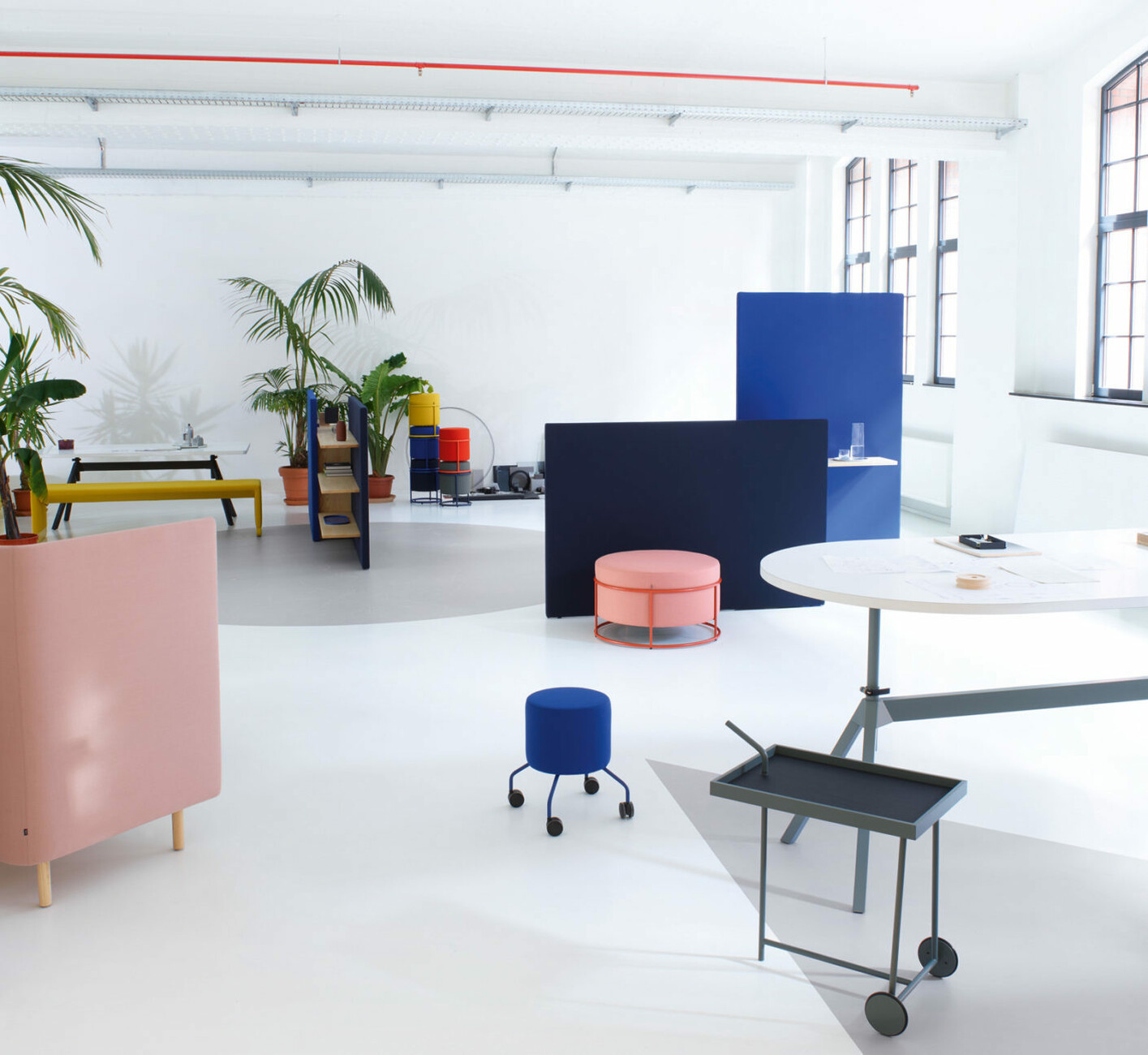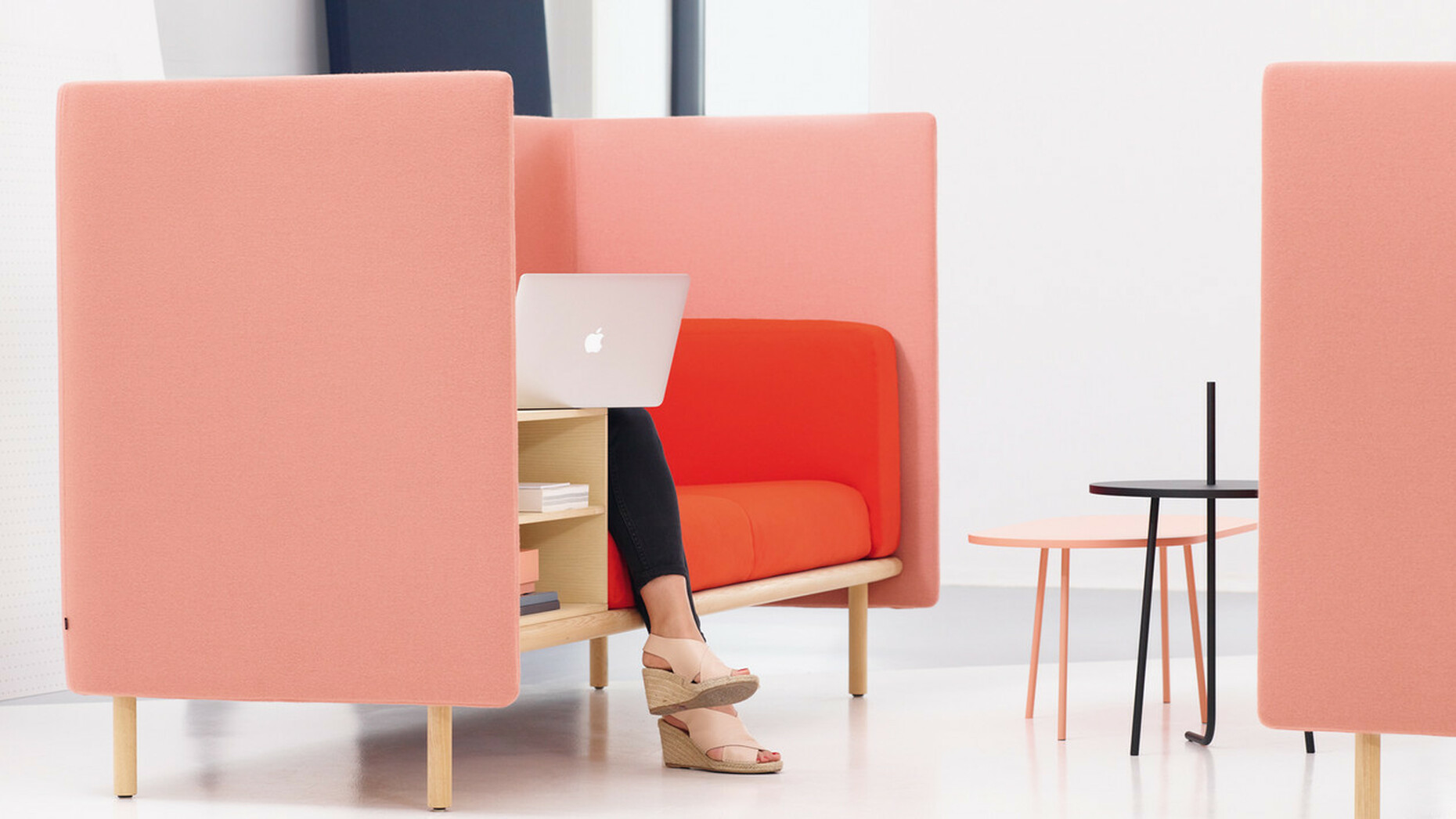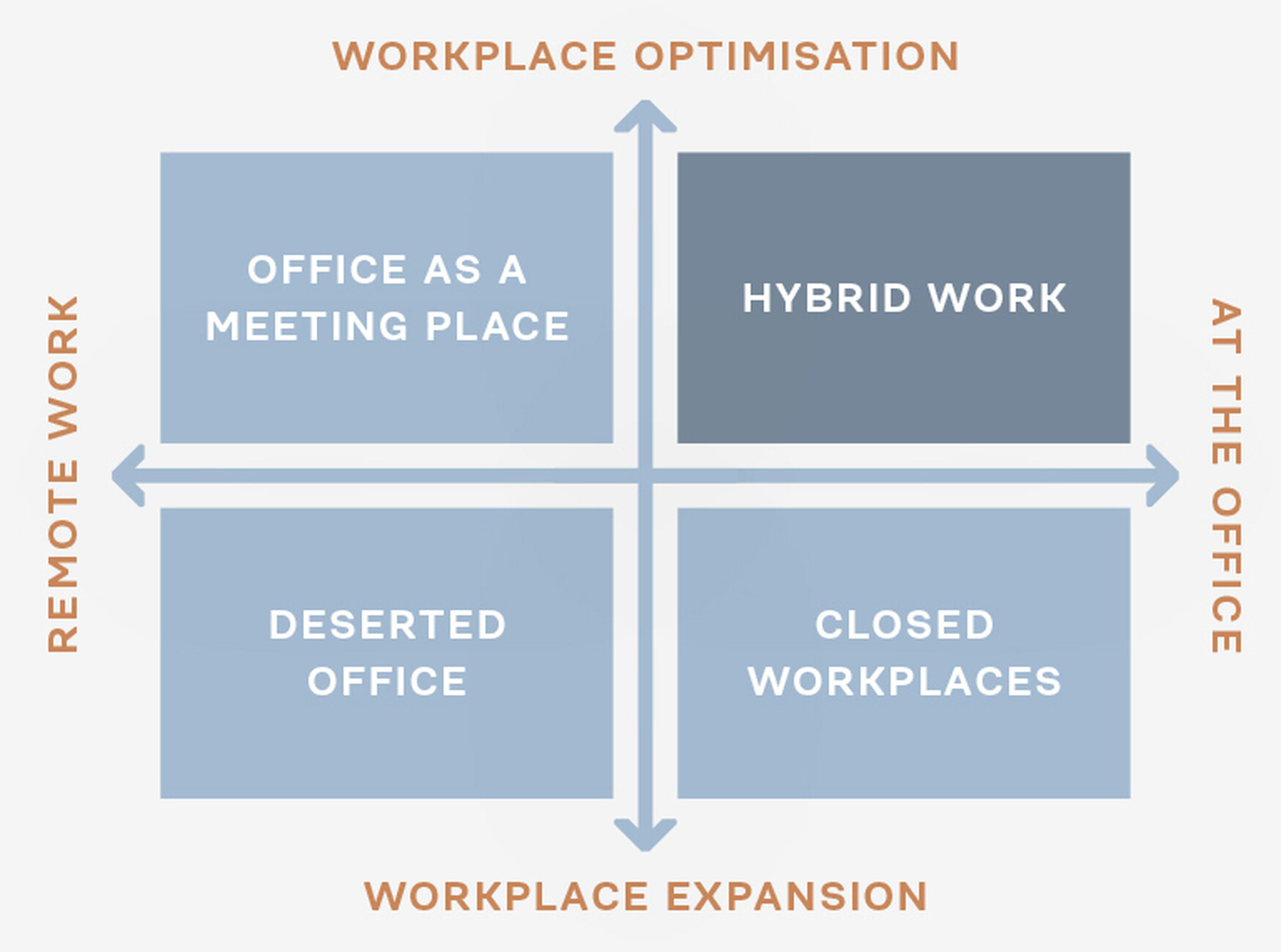STYLEPARK SIGEL
The changing face of the office
“For me, New Work is the search for meaning, for forms of projection and methodology, with the aim being to find happiness in the current world of work,” says Michael Trautmann, the founder, entrepreneur and podcaster behind “OnTheWayToNewWork”. He believes it’s not all about table football for the staff and free mate tea, but rather the ideal distribution of the energies within a company and a greater orientation towards individual strengths. Part of this involves creating spaces in which working and living function harmoniously together – the creation of a “Work Life Space”. “I believe that the office is definitive for culture and is still a necessity even if we work remotely and need less space. I therefore think it’s desirable to design high-quality, aesthetically pleasing workspaces that are furnished in a homely style. For home offices, too, there needs to be better equipment,” says Trautmann. “Greenhouses of creativity” is how Prof. Jan Teunen, Cultural Capital Producer and the man behind consultancy company Officina Humana, describes the ideal office: atmospheric, aesthetic and modular environments that foster both concentration and relaxation, so that people can reach their full creative potential. Business consultant Dr. Isabelle Kürschner also sees the need for open-plan office concepts that act as a meeting place, digital working notwithstanding. “Individual offices will most certainly not be the workplaces of the future,” she says.
The question of change in the familiar structures of our world of work has become more pressing during the challenging times of the corona crisis in particular. “New Work” did not just develop as a concept during the course of the pandemic; it was back in 1984 that the philosopher and anthropologist Prof. Dr. Frithjof Bergmann published his book “New Work New Culture”, and in doing so triggered a fundamental reappraisal of the world of work, a shift away from standardized gainful employment towards creative free spaces, more individual responsibility, and formative collaboration. Michael Trautmann met the originator of New Work for his podcast in the professor’s adopted homeland of Michigan. “The crucial thing is that we now have the technological possibilities to structure work differently, and to think and organize things differently to how we did before. Work can strengthen people instead of weakening them,” says Frithjof Bergmann. The opportunity could be there, he says, to flesh out the catchphrase with the serious intention that was initially behind its definition. “What kind of world do we want? It’s now up to us,” surmises Bergmann.
New Work in vitro
A opportunity to turn things around, enhanced by the global crisis resulting from the Covid-19 pandemic: According to Dr. Isabelle Kürschner, author of the book “New Work: Wie wir morgen tun, was wir heute wollen” (“New Work: How we’ll do tomorrow what we want today”), a lot of tasks that companies had been putting off for a long time were suddenly pushed to the top of the agenda by the protection measures put in place for the crisis. It was new work in vitro, which also forced the eternally hesitant to try out new models – such as paperless, agile working, independent of fixed locations or times of day. “The inevitability of the situation called for a great deal of individual responsibility on the part of companies,” says Kürschner. Holding meetings via video chat instead of hopping on a plane for a short-term trip have been part of the daily routine, the “new normal”, for some months now after the global shutdown. Less travel is better for the environment and saves time and costs, but Michael Trautmann also sees the risk here of an all too narrow perspective on the broad spectrum of New Work: “Remote working is just a tool; it’s not New Work in itself,” he says. For lasting change to come about, he believes it takes more than just allowing employees to work from home. Anyone wanting to bring about change has to rethink their corporate culture, he says, to question why agile working makes sense for the individual system, over and above any merely trendy notions. It’s important to work with the team to design organizational structures that are more communicative and more flexible. To permit attempts and failures and to make adjustments where necessary. To grant more creative freedom, to prompt a new culture of trust, and to make tangible the long called-for compatibility of work and family life. Anyone who wants to change an inefficient corporate culture in the spirit of New Work also needs to do so with conviction.
According to futurologist Franz Kühmayer, this calls for a liberal approach on the part of the organization and its board. There has to be a balance between supervision and individual responsibility, clear instructions and open discussion, and demands and personal encouragement. When embarking on the process of New Work, the person needs a holistic perspective, he says. Back in 2019 the results of the study “Transformation von Arbeitswelten” (“Transforming the world of work”) by the Fraunhofer Institute for Industrial Engineering revealed that transformational leadership is a crucial success factor when it comes to changing the work environment within a company. If the management sets a visible example for the targeted restructuring and the workforce is integrated into the process, then it is possible to achieve greater collaborative and usage intensity of technological and spatial infrastructures within the organization, the report claims. “Those affected should become those involved,” says Andreas Schubert, Managing Director of the internationally active research and consultancy institute Great Place to Work. In contrast, anyone who simply restructures the office to create a convenient sheen of New Work is not doing justice to the demands of the world of work today. Viewing staff members as a “means to an end”, imposing structural change from the top down, or simply exploiting the supposedly creative freedom of New Work in order to get unpaid overtime out of employees means missing the opportunity for change with a strong future focus. “Spatial development and active cultural evolution must take place at the same time. The most modern work environment is worth nothing if it isn’t supported by the corporate culture. That’s one finding from the evaluations that we recently carried out,” says Schubert.
If there’s one fundamental conclusion to be taken away from the discussions with experts on changes in the world of work, it’s that the spectrum of New Work does not serve as a template that can be quickly and successfully applied to any company. Rather, New Work is a long-term process that offers the opportunity for a more sociable, more efficient basis on which the potential of people and technology can be perfectly combined. In the process, it is possible to create dynamic workspaces that foster productivity as required and likewise function as places of collaboration. The concept describes an ideal image that is developing continually with the technological and social present-day circumstances. The challenge for companies lies in having the courage to embark on this journey and to work with their teams to find their own way, step by step, to the new world of work.



























